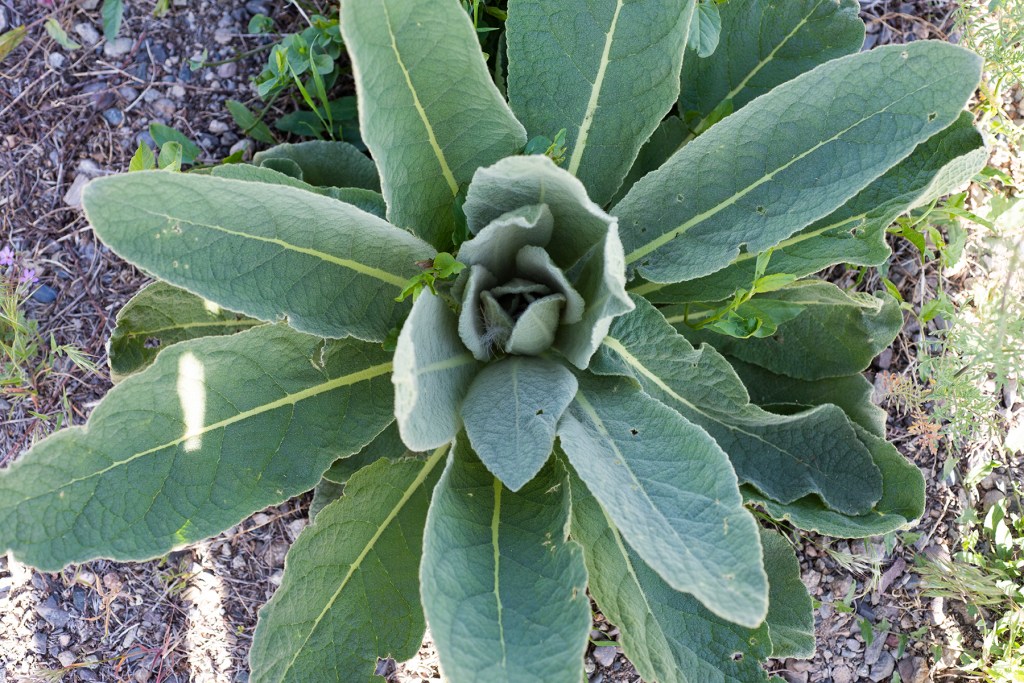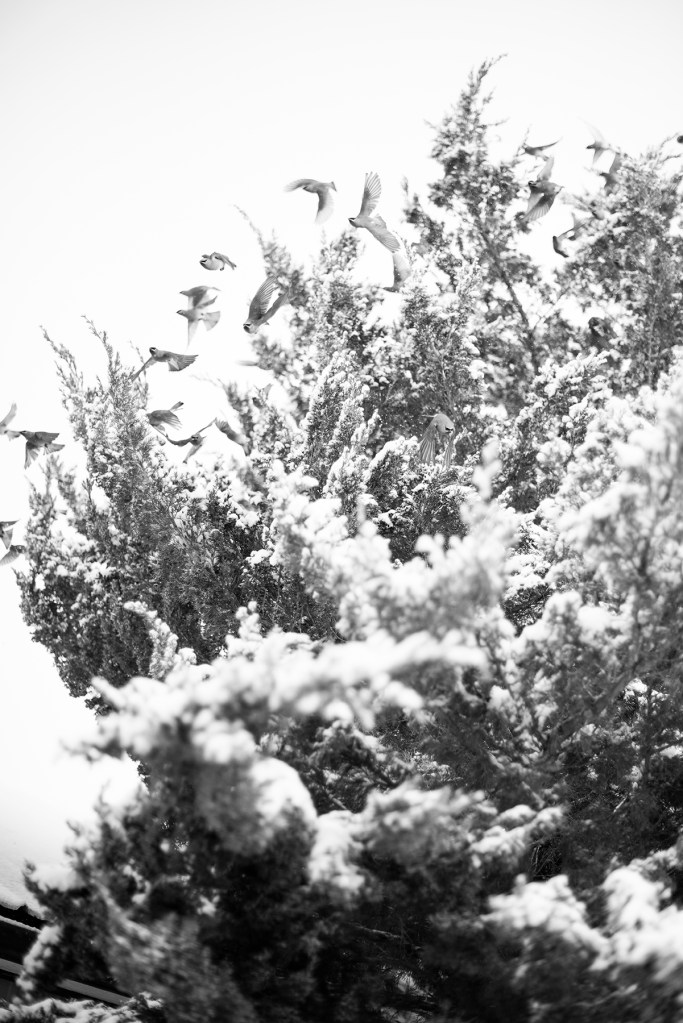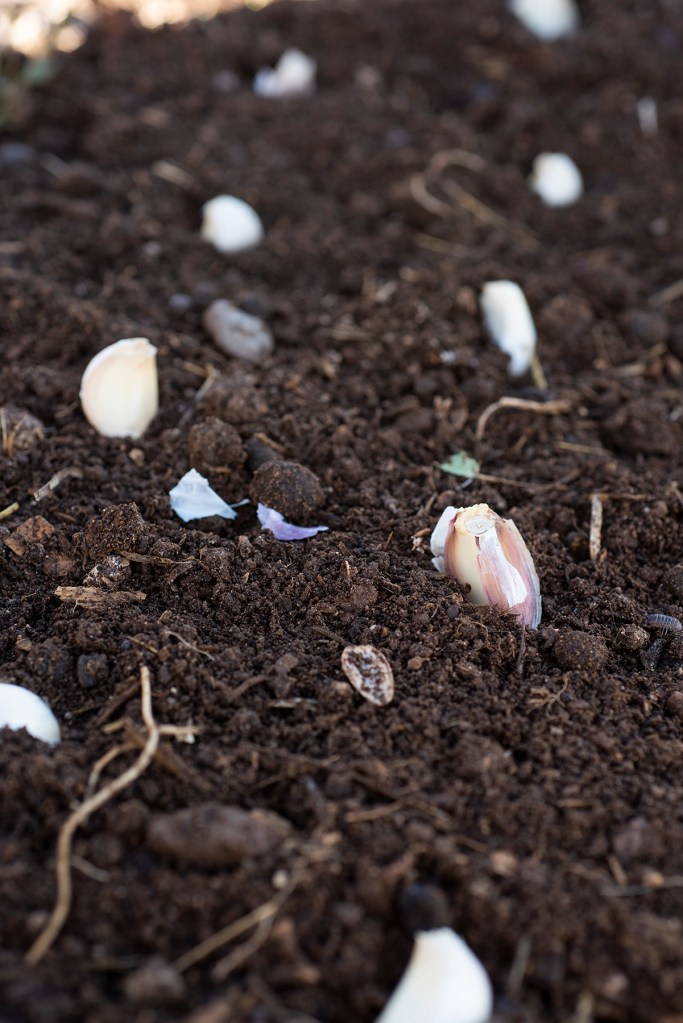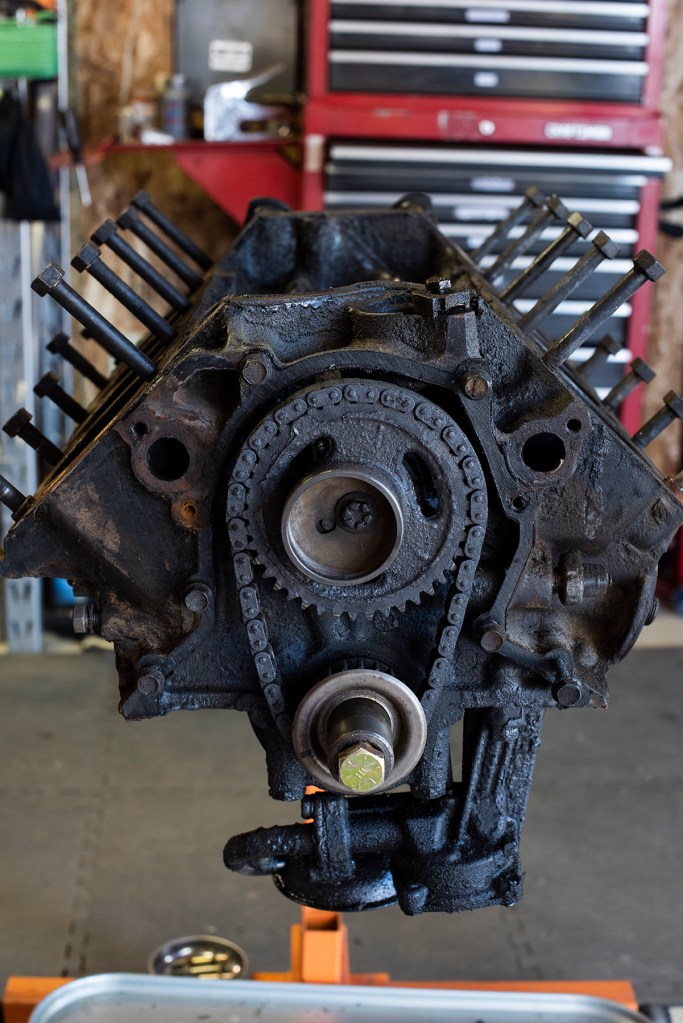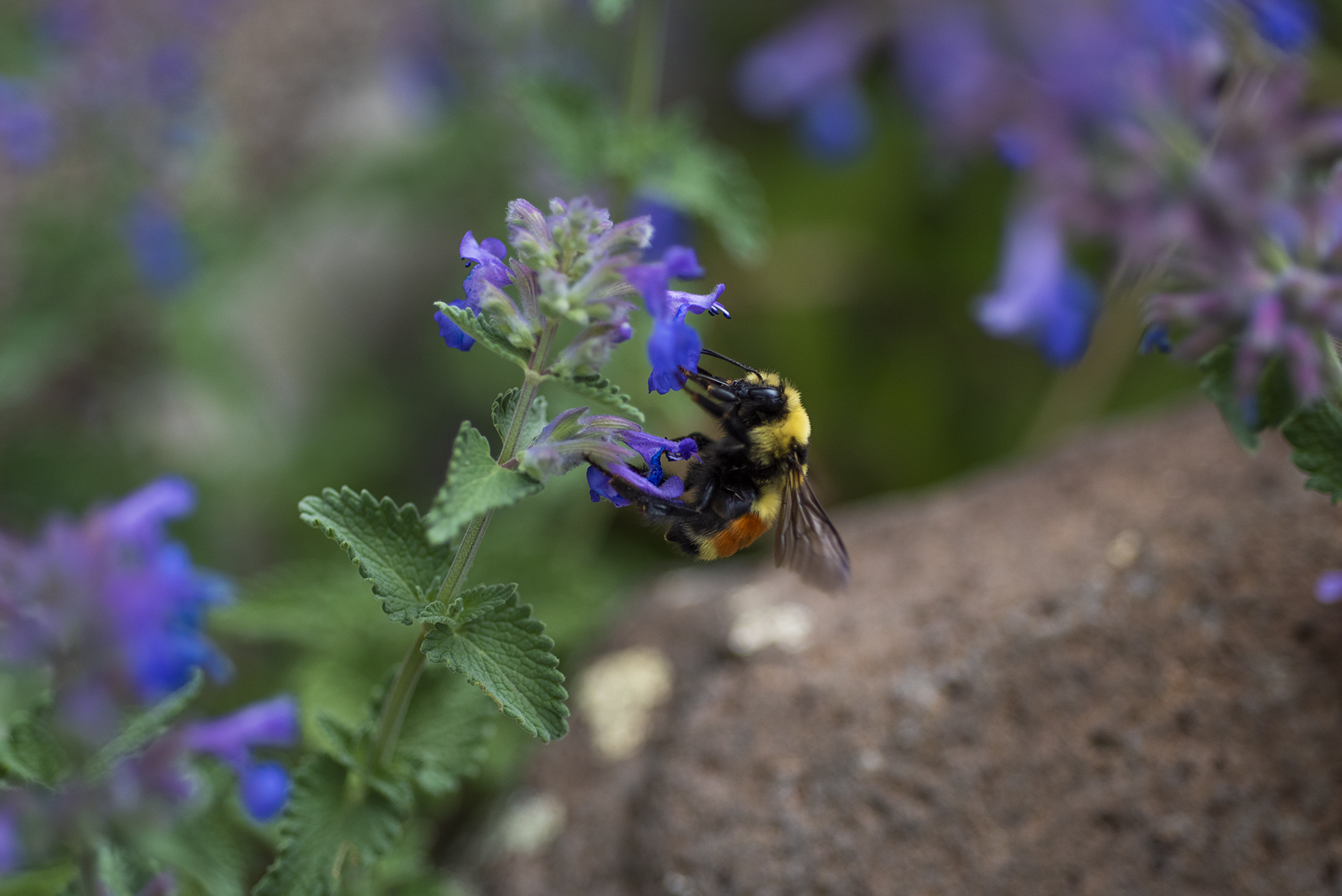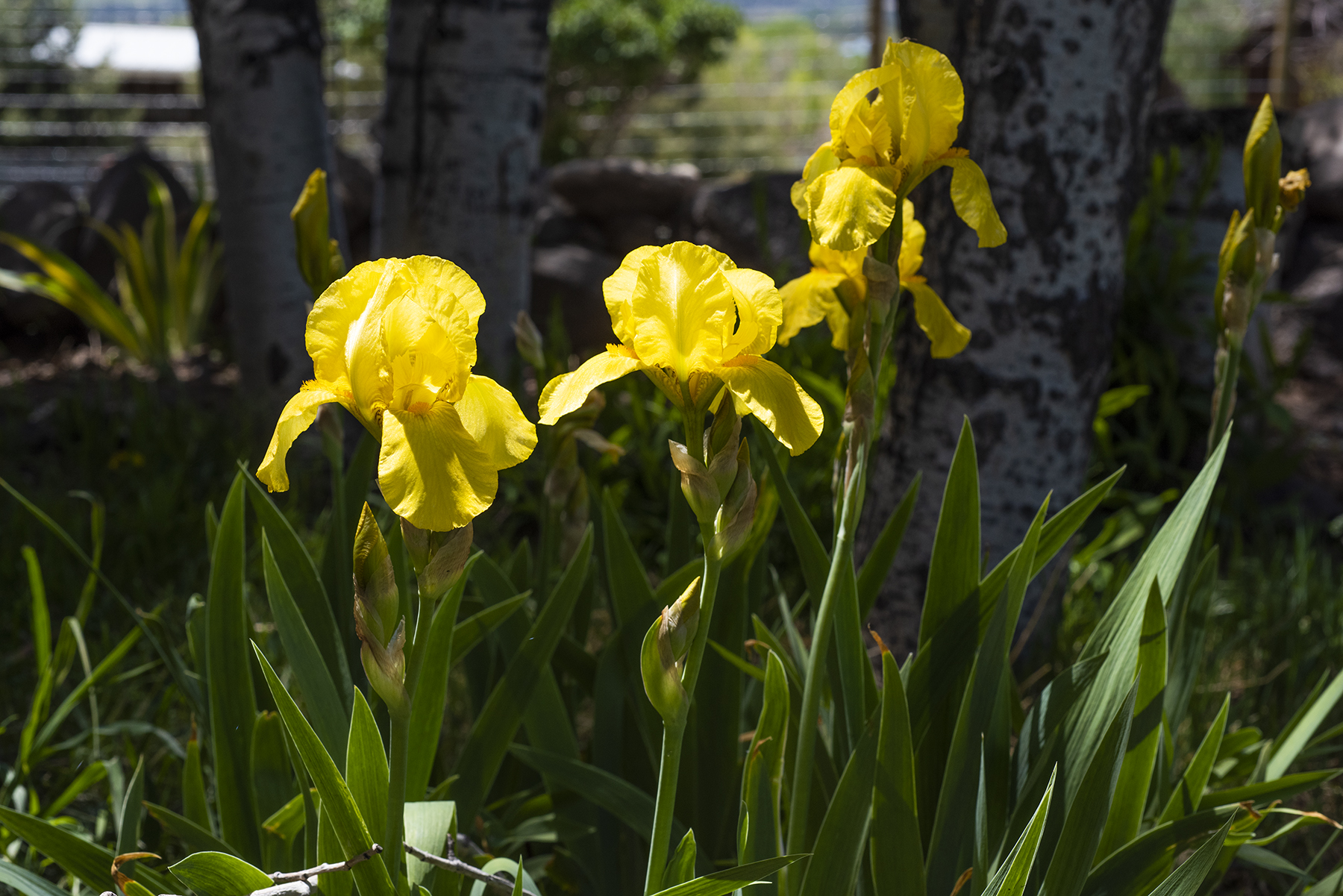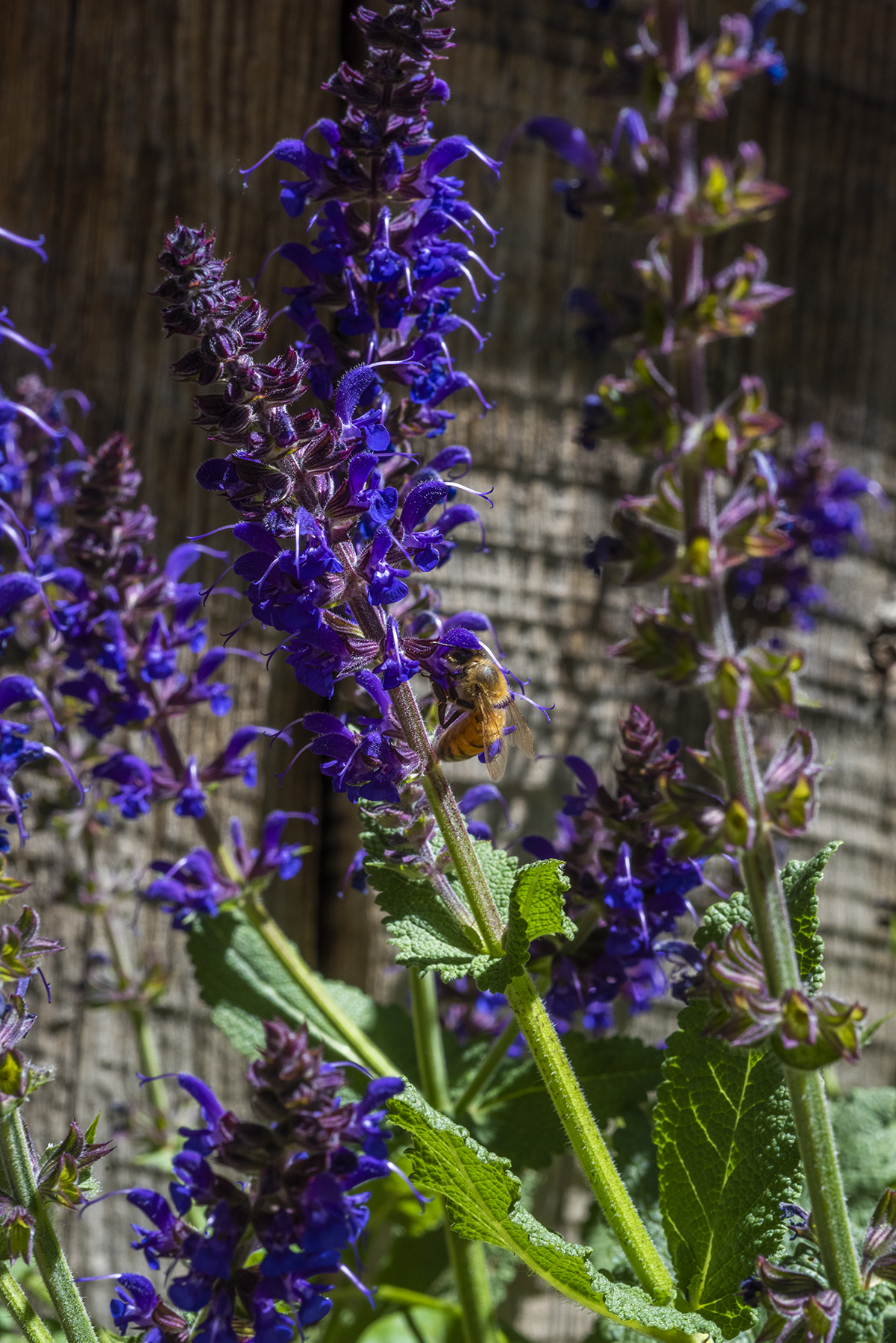How are you? How is your July thus far? It’s high summer here at Quiet Farm and we spend more time outdoors than in – always, always wearing long sleeves, long pants, wide-brimmed hats and plenty of SPF 50 (only reef-safe zinc, though we’re nowhere near a reef!) on any exposed skin. Skin cancer is not to be taken lightly, especially since we’re more than a mile closer to the sun. Here are a few things we’ve been up to, if you’d like to see:

Sunchokes along the eastern edge of our game fence.
Each growing season, I aim to plant at least one new fruit, vegetable, herb or flower. Last year it was fennel (and unintentionally this year, too, since it self-seeded) but this year’s choice was sunchokes (Helianthus tuberosus). Sunchokes (also called Jerusalem artichokes, though they’re native to North America, not Israel) are in the sunflower family (Asteraceae), and the plants produce showy yellow flowers and an edible tuber. They’re not well known in the U.S.; even in France they’re grown primarily for animal feed. But! The crisp, white-fleshed tubers are rich in inulin (a dietary fiber) and are absolutely delicious when roasted and salted like potatoes. I might even try some sunchoke chips in the dehydrator! I’m excited to harvest these later this season, especially because once established, they’ll likely need no water and no maintenance, and will hopefully continue to produce a nutritious winter storage crop all on their own.

Nice buns.
Anyone who has read this blog for more than one minute knows that I am constantly trying to convince the entire world to bake their own bread. Really, you should! So easy! So satisfying! So much healthier and tastier than store-bought! But perhaps you find large burnished sourdough loaves to be somewhat intimidating? No problem. Start simple, like hamburger buns. I know that I’ve just missed the Fourth of July, a classic burger holiday if ever there was one. But if you start practicing now, you’ll have mastered homemade burger buns by Labor Day! (Only joking, because you don’t need any practice at all; buns are really easy.) Use this reliable recipe – I did not make any alterations for altitude – and bake a batch to tuck in your freezer for future grilling opportunities. The recipe yields eight large; I make sixteen if I want to serve sliders. Please, try this and let me know if you have troubles – I’ll help you sort them out!

Broad-tailed hummingbirds at the feeder.
Our migratory hummingbird population is thriving; if we remain still, we’re able to see them up close on our feeders. We observe two species most commonly here – the broad-tailed (Selasphorus platycercus) and the black-chinned (Archilochus alexandri), and only very rarely a rufous (Selasphorus rufus). The hummingbirds are so much fun to listen to as they dive and swoop like miniature fighter jets. We’ve even discovered a tiny nest precariously perched on the twinkle light strands on our front porch; we’ve left it alone for the moment in the hopes that there might be viable eggs in it. Although we have dozens of incredible bird species here at Quiet Farm, the fast and spirited hummingbirds are definitely one of our favorites.

Fresh, crisp, satisfying and most of all – cold.
Despite the slider rolls above, supper is entirely abandoned more evenings than not here at Quiet Farm. When it’s pushing 100 degrees at 5:30PM and we’ve been out irrigating all day, the very last thing I want to do is turn on the oven or the stove. Enter the cold noodle salad, remarkably simple and infinitely variable. I cook the noodles in well-salted water first thing in the morning, when it’s (relatively) cool. Drain and toss the still-warm noodles in sesame oil, soy sauce, rice vinegar, and chile sauce if you like things spicy. Shred a whole mess of vegetables, whatever you have on hand – carrots, cabbage, snap peas, broccoli, bell peppers, cauliflower – and toss with a bit more soy and vinegar. Chill everything. When it’s time to eat, make yourself a beautiful, colorful plate and garnish with lots and lots of fresh herbs – I like a mixture of Thai basil, cilantro, scallions and mint. Add more soy or sesame oil as desired. Chopped salted peanuts are great, too! You could serve this on a bed of fresh greens, you could top this with crispy tofu or strips of a simple scallion omelette, or you could just eat it as is. One of my very favorite low-effort/high-flavor summer meals. (P.S. When you’re making something that will later be eaten cold, remember to have a generous hand with the seasoning. Cold dulls flavor, therefore it doesn’t taste as intense. Be lavish with salt and herbs!)

Adelaide apologizes for not tidying up all the hay on her face before this photo was snapped.
And finally, our animals are thrilled with their new haircuts. Although they have access to shade, they still spend their time happily grazing away in the pasture. Even on the hottest days, when we’re melting and seeking out any cool spot we can find, they’re happy to be out in the sun. Last summer was a different story, and we’re so pleased that we were able to get them sheared so they can be more comfortable during this brutal season.
Wishing you a pleasant week ahead, friends.
